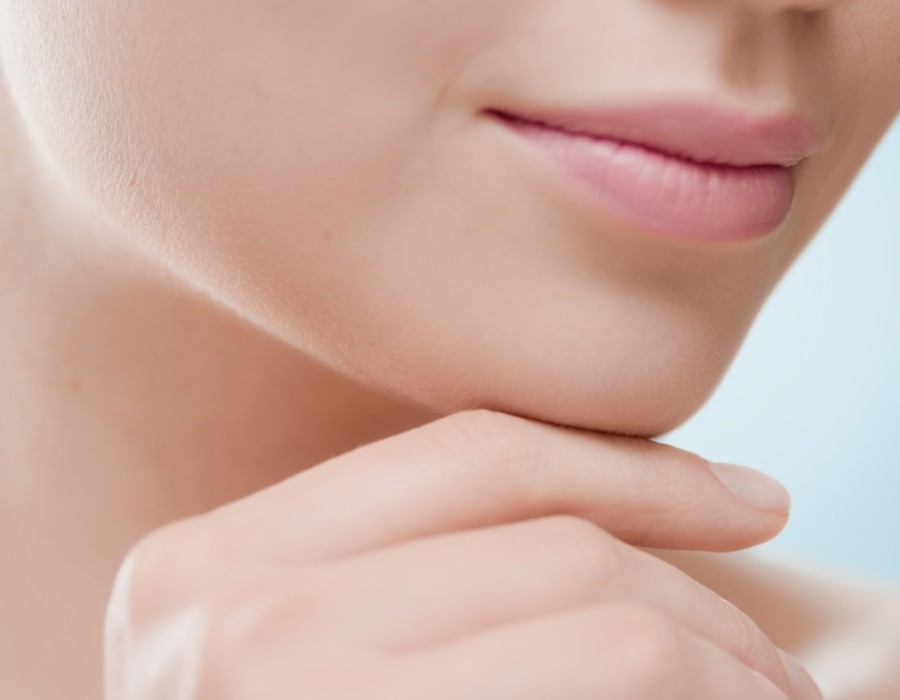A well-defined jawline is often associated with youth, beauty, and strength. Over the years, the demand for jawline enhancement has grown, leading to the development of various treatment options. While the aesthetic appeal of a sharp jawline is evident, understanding the science behind Jawline Treatment in Dubai can provides deeper insights into how these procedures work and what makes them effective. This guide delves into the anatomy of the jawline, the biological processes involved in different treatments, and the science that drives successful outcomes.
Anatomy of the Jawline: Understanding the Foundation
The jawline is formed by the lower jawbone, or mandible, which plays a critical role in defining the shape and structure of the face. The mandible connects to the skull at the temporomandibular joints (TMJ) and is responsible for movement during chewing and speaking. The appearance of the jawline is influenced by several factors:
- Bone Structure: The size, shape, and angle of the mandible determine the overall contour of the jawline.
- Muscles: The masseter muscles, located at the sides of the jaw, are responsible for chewing and can affect the jawline's width and definition.
- Skin and Fat: The overlying skin and subcutaneous fat play a significant role in the smoothness and sharpness of the jawline. Aging, weight fluctuations, and genetics can impact the skin's elasticity and the distribution of fat, leading to changes in the jawline's appearance.

Jawline Aging: Biological Processes at Play
As we age, several biological processes contribute to changes in the jawline, making it less defined and more prone to sagging:
- Bone Resorption: Over time, the mandible undergoes bone resorption, where bone tissue is broken down and absorbed by the body. This process can lead to a reduction in bone density and volume, resulting in a weaker, less pronounced jawline.
- Muscle Atrophy: The masseter muscles may lose tone and volume with age, contributing to a less defined jawline.
- Skin Laxity: Collagen and elastin, the proteins responsible for skin firmness and elasticity, decrease with age. This reduction leads to sagging skin, particularly around the jawline and neck, which can create the appearance of jowls.
- Fat Redistribution: Aging also affects the distribution of fat in the face. Fat may accumulate under the chin or along the jawline, obscuring its definition and creating a fuller, less sculpted appearance.
Surgical Jawline Treatments: The Science of Enhancement
Surgical treatments for jawline enhancement focus on altering the bone structure, repositioning muscles, or removing excess fat to create a more defined appearance. Some of the most common surgical techniques include:
Chin Augmentation
Science Behind the Procedure
Chin augmentation, also known as genioplasty, involves altering the shape or size of the chin to improve jawline definition. This can be achieved through:
- Implants: Biocompatible materials like silicone are used to create chin implants that are inserted through incisions inside the mouth or under the chin. These implants add volume and projection to the chin, enhancing the jawline's contour.
- Sliding Genioplasty: In this technique, a portion of the mandible is surgically cut and repositioned to enhance the chin's projection. The bone is then secured in its new position with plates and screws.
Scientific Principles
- Osteogenesis: The process by which new bone is formed. Sliding genioplasty triggers osteogenesis as the bone heals and integrates in its new position.
- Biomechanics: Chin implants alter the biomechanical forces on the mandible, which can affect the overall structure and function of the jawline.
Jaw Reduction Surgery
Science Behind the Procedure
Jaw reduction surgery, or mandibuloplasty, reduces the size and width of the jawbone to create a more refined and feminine appearance. The procedure typically involves:
- Bone Shaving or Reshaping: Surgeons remove or reshape portions of the mandible through incisions inside the mouth, avoiding external scarring. This reduction in bone volume creates a slimmer jawline.
Scientific Principles
- Bone Remodeling: The body's natural process of breaking down and rebuilding bone. After jaw reduction surgery, bone remodeling helps the jaw adapt to its new shape.
- Nerve Preservation: During surgery, care is taken to avoid damaging the inferior alveolar nerve, which runs through the mandible and provides sensation to the lower lip and chin.
Liposuction
Science Behind the Procedure
Liposuction is used to remove excess fat from the jawline and neck area, enhancing the jawline's definition. The procedure involves:
- Fat Suctioning: A small cannula is inserted through tiny incisions, and fat cells are suctioned out, creating a more sculpted appearance.
Scientific Principles
- Adipocyte Removal: Adipocytes, or fat cells, are permanently removed during liposuction. Unlike weight loss, which shrinks fat cells, liposuction eliminates them, leading to a more permanent reduction in fat volume.
- Collagen Production: The mechanical trauma caused by liposuction can stimulate the production of collagen, which helps tighten the skin and improve the overall contour of the jawline.
Recovery and Healing: The Body’s Response to Jawline Treatments
The recovery process after surgical jawline treatments is a critical phase where the body heals and adapts to the changes. Several biological processes play a role:
Inflammation and Swelling
- Initial Response: Inflammation is the body's first response to surgical trauma. It helps protect the area and begins the healing process, but also causes swelling that can temporarily obscure the final results.
Tissue Remodeling
- Collagen Synthesis: As the body heals, fibroblasts in the skin and connective tissues produce collagen, which strengthens and stabilizes the treated area.
- Scar Formation: Surgical incisions heal through the formation of scar tissue. The quality of the scar depends on factors like genetics, surgical technique, and post-operative care.
Bone Healing
- Osteoblastic Activity: In procedures involving bone modification, osteoblasts (bone-forming cells) play a crucial role in healing and integrating any implants or repositioned bone segments.
Conclusion
The science behind jawline treatments is a complex interplay of anatomy, biology, and surgical techniques. Understanding these underlying principles can help individuals make informed decisions about which procedures are best suited to their needs. Whether it's through chin augmentation, jaw reduction, or liposuction, the goal of these treatments is to enhance the natural beauty of the jawline by leveraging the body's own healing processes and structural components. As the demand for jawline enhancement continues to grow, ongoing advancements in surgical techniques and materials will likely further refine and improve the outcomes of these procedures.





Comments